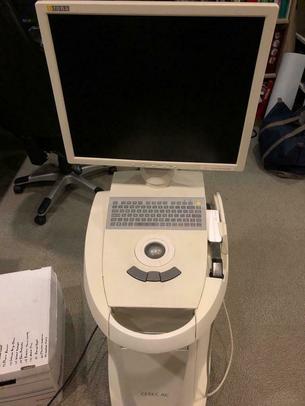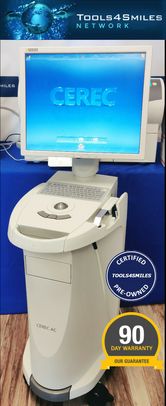

I’ve often heard from consumers that they do not have a budget, which of course was not true. This post will guide you through the used CEREC marketplace and, much like a lighthouse, help you avoid the hazards.īefore anything else, you want to establish a budget. In my previous blog, I covered the reasons why anyone thinking about incorporating CEREC into their practice should strongly consider buying used. This feature makes it easy to distinguish between gingiva and the preparation margin, and between gold, amalgam, and composite restorations.Keep your eyes open and your feet moving forward. Generating a digital model in color, with natural shades, is another feature the Omnicam possesses that the Bluecam does not. This is called the Patient Counseling Mode, and is designed to improve case acceptance. This process can be interrupted and resumed at any time.īetween the Bluecam and Omnicam, only the Omnicam allows the operator to record video clips of the scan so they can be shown to patients. Thanks to its continuous image capturing, the Omnicam's camera can be moved closely over the teeth in a natural, flowing movement. The Bluecam's single-image capture method requires the camera to be placed directly on the tooth.

The Omnicam, on the other hand, uses continuous image capturing to generate a 3D model.Īs a result, the Bluecam is better suited for single-tooth restorations, while the Omnicam excels at full-arch and half-arch scans. The Bluecam combines several single images to create a 3D model. The Bluecam does require powder, but only a thin layer. This adds considerably to its convenience factor. The Omnicam is the first CAD system from Sirona that doesn't require powder. This month we've broken down the main differences (and similarities) between Sirona's two latest CAD systems. Curious about how the CEREC Omnicam and CEREC Bluecam compare? You're in luck.


 0 kommentar(er)
0 kommentar(er)
